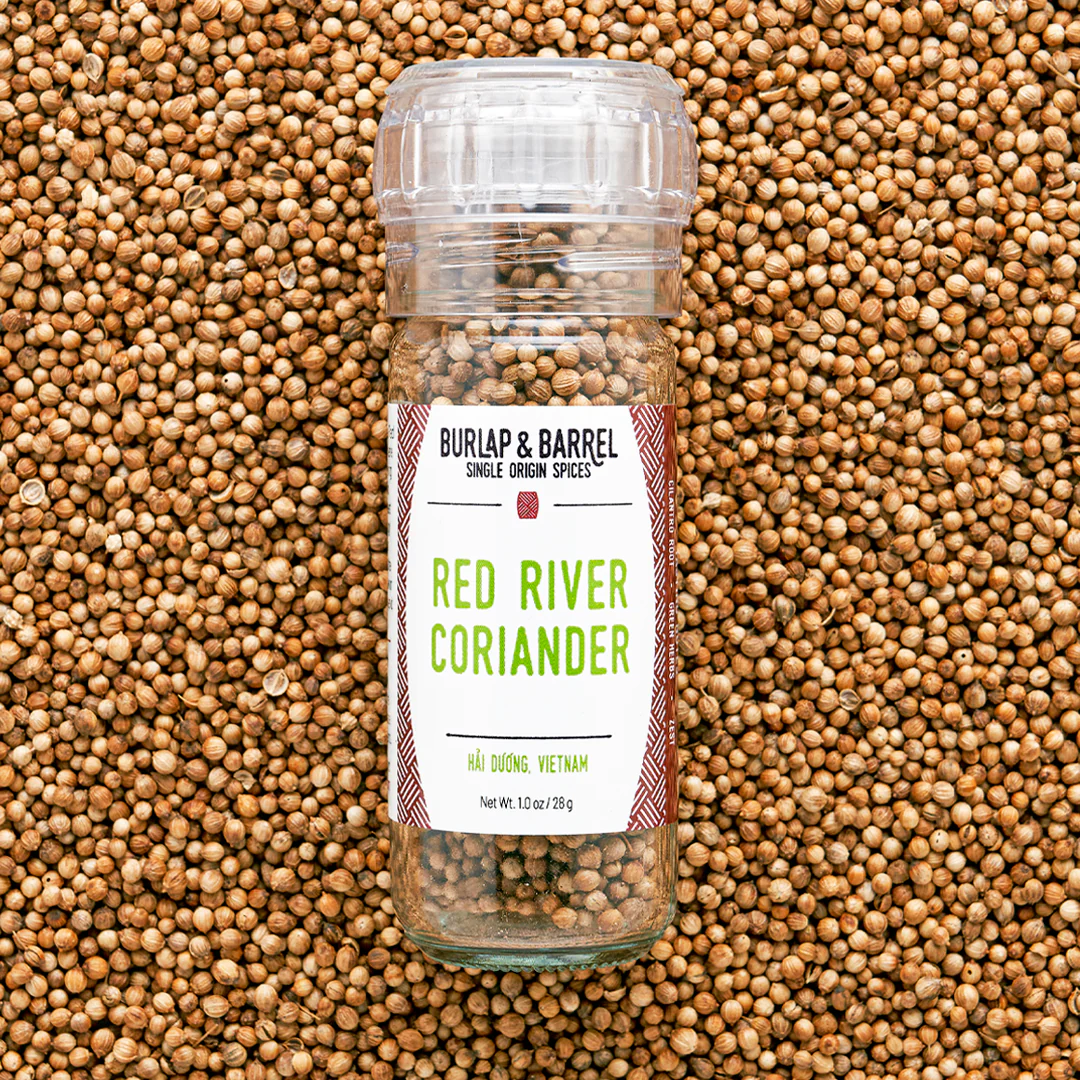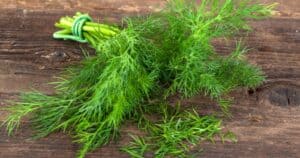Are you tired of cooking the same bland dishes over and over again? Do you want to add a new flavor to your meals that will take them to the next level?
Look no further than coriander! This versatile herb is a must-have in any kitchen.
Coriander, also known as cilantro or Chinese parsley, is a fragrant herb commonly used in cuisine worldwide. It has a citrusy, slightly sweet taste that can add depth and complexity to various dishes. Not only does it enhance the flavor of food, but it also has several health benefits, such as promoting digestion and reducing inflammation.
In this article, we will dive deeper into the world of coriander. We will explore its origins and history, how it can be used in cooking, and some facts about this fascinating herb.
Keep reading if you’ve been curious about coriander or are looking for ways to
What Is Coriander?
Coriander is a fragrant and antioxidant-rich herb with many culinary uses and health benefits. It is an easy-to-find, nutritious, tasty addition to your diet that may help lower your blood sugar, fight infections, and promote brain, skin, heart, and dental health.
Coriander is a versatile herb that can be used in different forms. Here are the three main types of coriander:
Coriander Seeds

There are the dried seeds of the coriander plant. They have a warm, nutty, slightly citrusy flavor commonly used in
Coriander Leaves
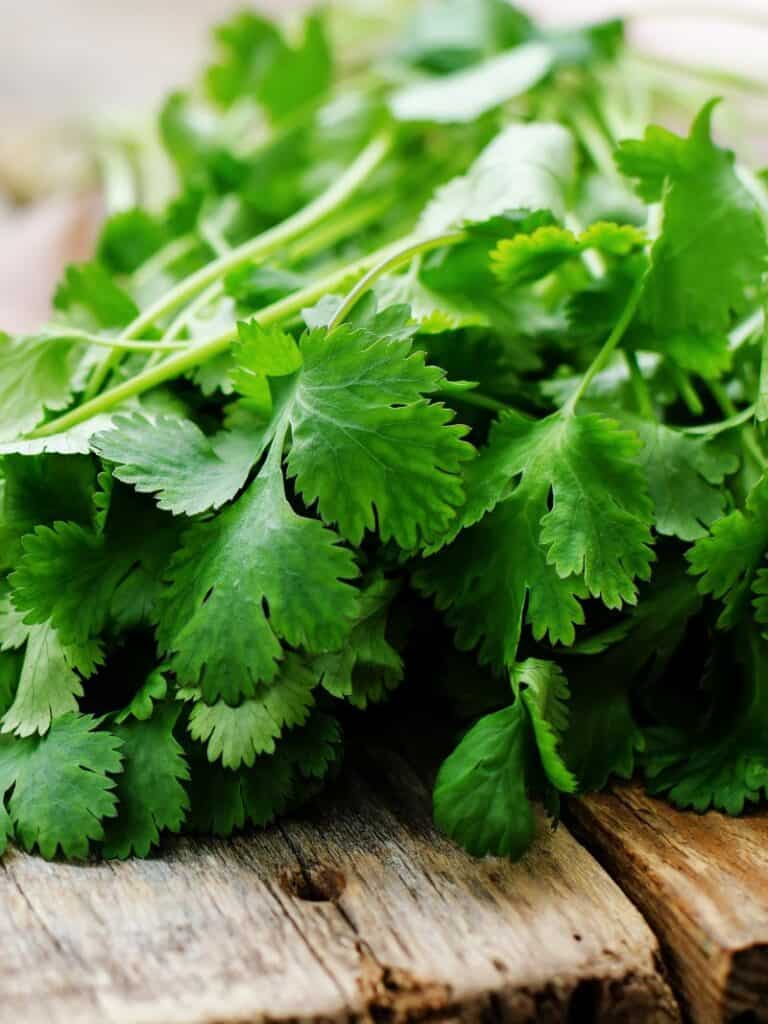
Also known as cilantro, coriander leaves have a fresh, citrusy, and slightly floral flavor. They are commonly used as a garnish in Mexican, Indian, and Southeast Asian cuisine and in salads, salsas, and guacamole.
Some people find the taste of coriander leaves to be soapy or unpleasant, while others enjoy it.
Ground Coriander
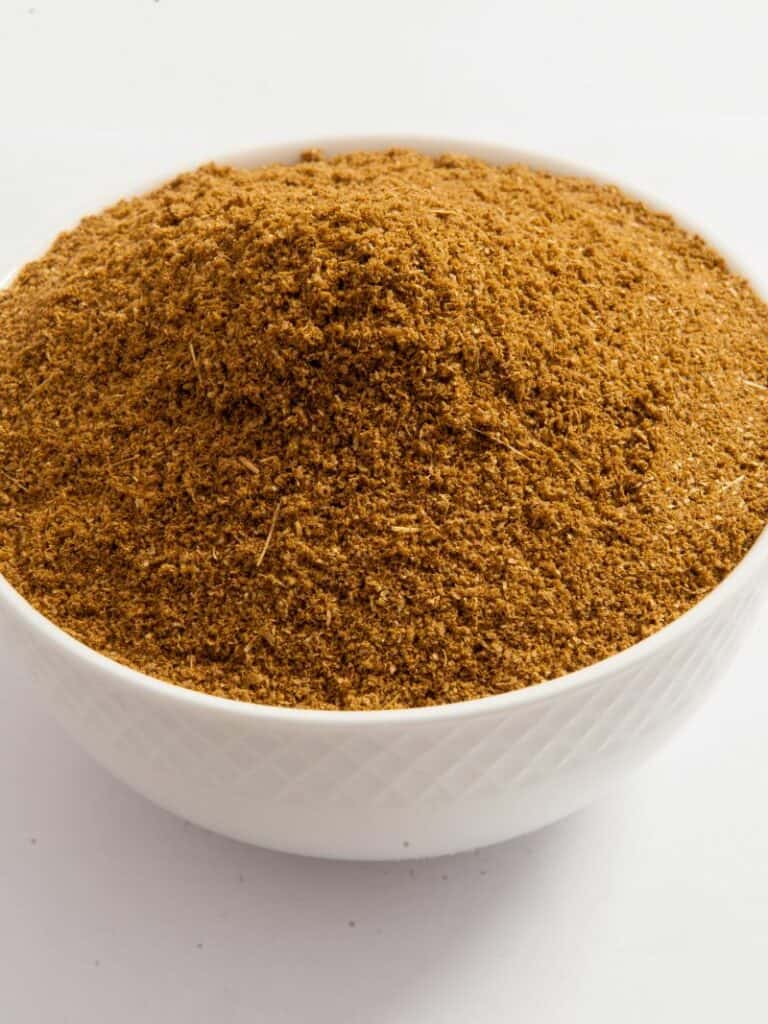
This powdered coriander seed is commonly used in
Ground coriander is also popular in baking, especially in Middle Eastern and North African sweets.
Health Benefits Of Coriander: A Nutritious And Medicinal Herb
Coriander is a versatile and nutritious herb with many culinary and medicinal uses.
Here are some health benefits of coriander:
- Coriander is a rich source of antioxidants, which helps in preventing various degenerative diseases.
- It contains minerals like iron, potassium, calcium, and magnesium, which help maintain healthy bones and prevent bone-related disorders.
- Coriander has anti-inflammatory properties that help reduce inflammation and pain caused by various diseases.
- It contains dietary fiber, which helps maintain a healthy digestive system and prevent digestive disorders like constipation and irritable bowel syndrome.
- Coriander is rich in vitamin C, which boosts the immune system and protects the body against infections and diseases.
- It has antibacterial properties that help prevent infections caused by harmful bacteria.
- Coriander is known to have neuroprotective properties that help in preventing neurological disorders like Alzheimer’s disease and Parkinson’s disease.
- It is effective in regulating blood sugar levels and managing diabetes.
- Coriander has diuretic properties, which help flush out excess fluids and toxins from the body, thus helping maintain healthy kidneys.
- It has anti-carcinogenic properties that help in preventing cancerous cells from forming and spreading in the body.
Cooking With Coriander: Traditional Dishes And Recipes From Around The World
Coriander is a must-have in every kitchen. Its warmth and earthiness make it the perfect addition to a wide range of dishes and dishes worldwide.
Here are some popular dishes that feature coriander in recipes:
Chutney
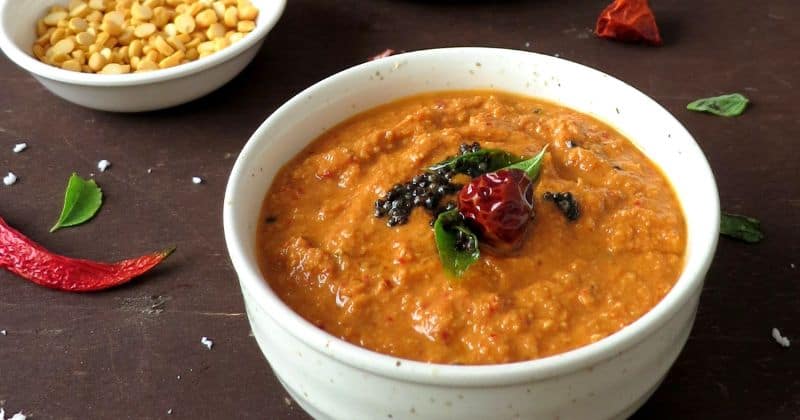
A popular condiment in Indian cuisine, coriander chutney is made by blending fresh coriander leaves with green chilies, garlic, ginger, and spices such as cumin and mustard seeds.
It can be used as a dip or spread for sandwiches or as a side dish for rice and curries.
Tandoori Chicken
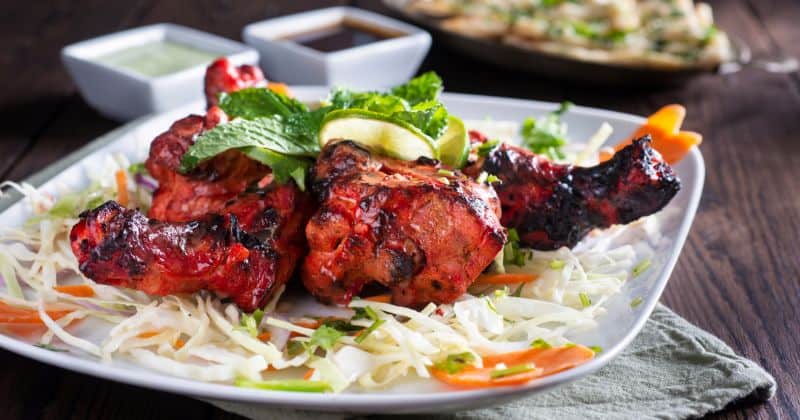
Tandoori chicken is a popular dish in South Asian cuisine and is made by marinating chicken in a yogurt and spice mixture that typically includes coriander powder, cumin, and paprika.
It is then baked in a clay oven or grilled over charcoal for a crispy, smoky flavor.
Coriander Rice
This simple Indian rice dish is made by sautéing onions and garlic in oil, then adding in rice and toasting it before adding water, spices, and coriander leaves. Serve it alongside curries or roasted vegetables for a flavorful and filling meal.
Coriander Hummus

Hummus is a great way to incorporate coriander into your diet. To make coriander hummus, blend cooked chickpeas, tahini, olive oil, lemon juice, garlic, salt, and a handful of fresh coriander leaves until smooth. Serve it with pita bread, veggies, or crackers.
Fish Curry
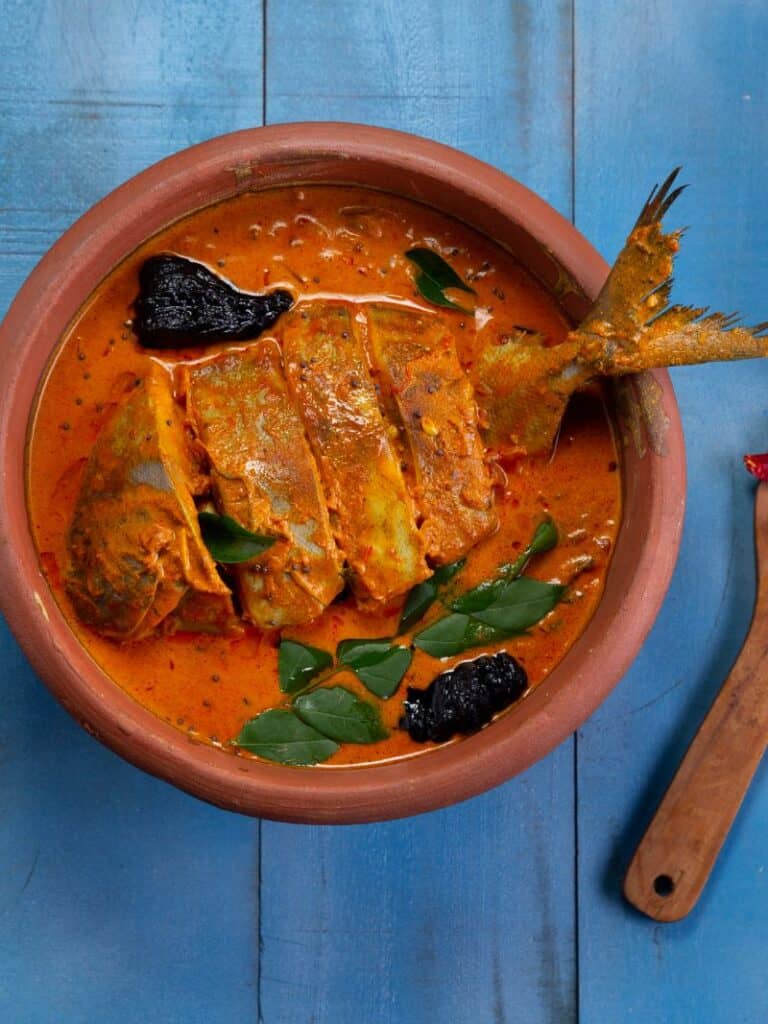
This flavorful seafood dish is popular in Southeast Asia and is made with coconut milk, spices, and coriander leaves. The fish is marinated in a
Coriander Pesto
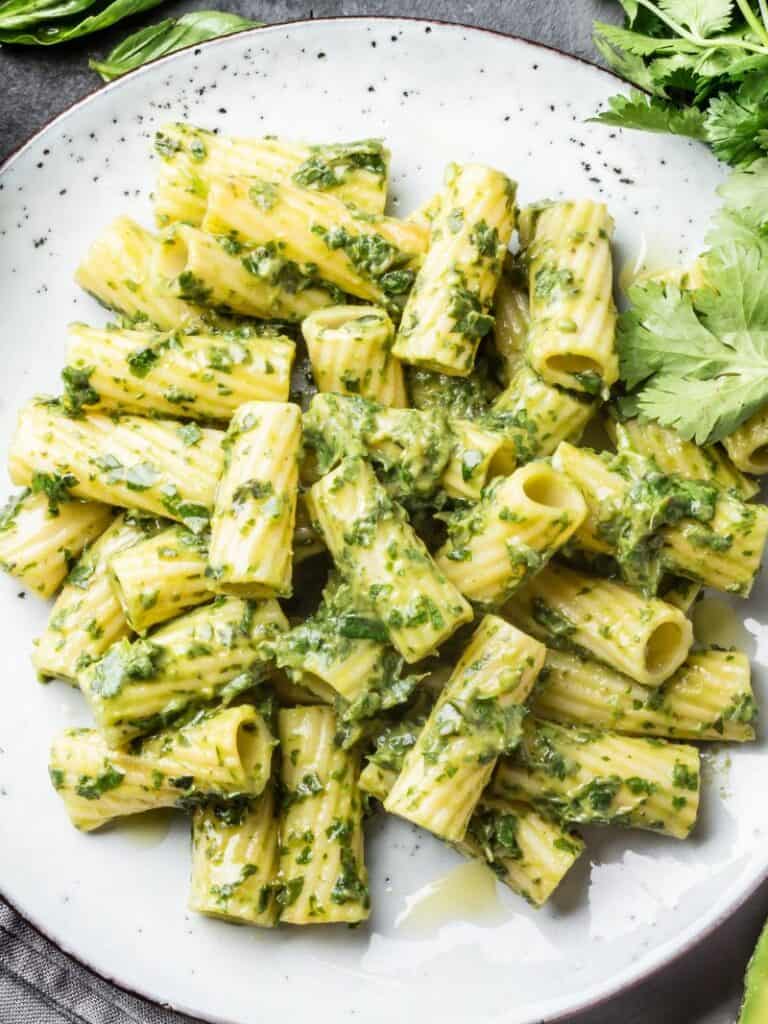
Substitute basil for coriander in a classic pesto recipe for a fresh and bright flavor.
Blend coriander leaves, garlic, lemon juice, pine nuts, parmesan cheese, and olive oil until smooth for a sauce that can be used on pasta, sandwiches, or as dip.
Tips And Tricks For Using Coriander In Your Cooking
Coriander, also called cilantro, is a very flavorful herb commonly used in many different cuisines worldwide. It has a fresh, citrusy flavor in everything from salsa to curry. Here are some cooking tips and techniques for storing and using coriander.
Preparing
Wash the leaves under cold running water and pat them dry with paper towels. Once the leaves are dry, remove them from the stems by running your hand down the stem and pulling off the leaves.
You can chop the leaves finely or leave them whole, depending on how you plan to use them.
Storing
To extend the shelf life of coriander, store it in the refrigerator. Wrap the leaves in a damp paper towel and place them in a plastic bag.
Alternatively, you can put the coriander in a container filled with water and store it in the refrigerator. Change the water every couple of days to keep the coriander fresh.
Cooking
Coriander is a versatile herb that can be used in many different dishes. Here are some ideas:
- Add chopped coriander to salsa, guacamole, or pico de gallo for a fresh, citrusy flavor.
- Use coriander leaves as a garnish for soups, stews, and curries.
- Mix chopped coriander with yogurt and serve as a dip for vegetables or papadum.
- Use coriander in marinades for chicken, fish, or tofu.
- Add coriander leaves to salads or sandwiches for added flavor.
- Use coriander seeds in
spice rubs or to flavor roasted vegetables.
Where to Buy Coriander
If you’re looking to buy fresh coriander, you can typically find it at your local grocery store or supermarket in the herb section.
You can also try specialty stores that sell Asian, Middle Eastern, or Mexican foods, as these cuisines often incorporate coriander into their dishes.
Farmers’ markets and natural food stores are other options for purchasing fresh coriander.
If you cannot find fresh coriander, you can buy dried coriander powder or seeds at most grocery stores or online retailers.
Coriander Substitutes
If you don’t have coriander in the kitchen, don’t worry many spices can substitutes coriander. Here are a few ideas:
Cumin
With its warm, earthy, and slightly smoky flavor, cumin is an excellent replacement for coriander. It’s commonly used in Mexican, Indian, and Middle Eastern cuisines.
Caraway Seeds
Caraway seeds have a mild anise flavor that complements many dishes like roast meat, bread, cheese, and sauerkraut. Ground caraway seeds are also used in
Fennel Seeds
Fennel seeds have a sweet, licorice-like flavor that adds a unique taste to many dishes. They are used in Italian cuisines like sausage, bread, and marinades.
Dill
Dill seeds or fresh dill leaves can be used as coriander substitutes in pickles, dips, dressings, and seafood dishes. Dill’s slightly bitter and tangy taste pairs well with lemon and other citrus flavors.
Parsley
Parsley is a milder herb than coriander but can be used as a substitute in dishes that require fresh green herbs, like soups, stews, and salads. It has a crisp, fresh taste that complements many savory dishes.


